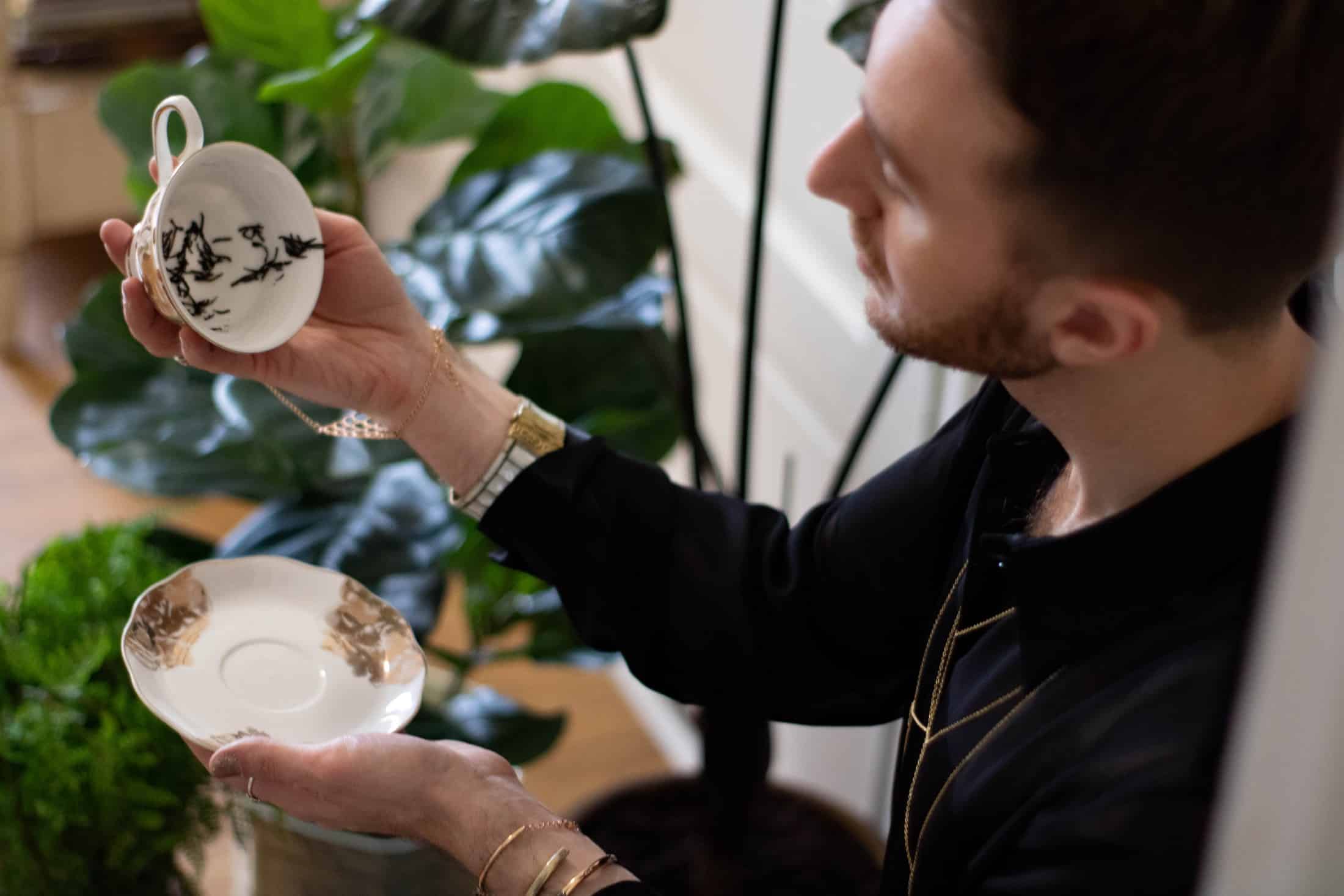
The Star is the 17th card from the Major Arcana in traditional tarot. It can be used in divination or game-playing. It is also an excellent card to use when you need to relax and self-care. In the following article, we will talk about a few of the many ways that you can incorporate the Star into your daily life.
Anima
Tarot the Star's Anima, also known as Tarot Tarot, can be found throughout the Tarot, including the Fool card. She is a symbol of the societal feminine, which can be a friend or family member, and can evoke many different feelings. She also represents one's feminine nature and the connection we have to our femininity.

Pleiades
The Pleiades, a constellation of seven stars, is the symbol of spring. It is associated with warmer weather and more vegetation growth. The Pleiades symbolize the human spirit's subtle awareness of one existence, intelligence, or love. The seven stars of the constellation are also connected with the Mother-God, who watches over the earth and the human race.
Aquarius
Aquarius is the astrological sign that should be taken into consideration when reading the Star. Aquarius is a water sign, and her energy rules astrological optimism, spiritual sense, and balance. The Star is represented often by a naked female, who represents freedom, balance and curiosity. The Sun also has the Star sign. She can be joyful and nurturing. Her energy is important because she can create a sense of serenity and peace, which is something that everyone who has it will appreciate.
Take time to yourself
You can recharge your batteries by making time for yourself. The Star encourages you to nourish your spirituality and creativity. It warns you not to become dependent on materialistic objects. It encourages instead you to make time for yourself and think about your priorities.
Hope
The Star tarot card is a symbol of hope, optimism, and fulfillment. A positive Star in a reading of the tarot can indicate that God will answer all your prayers and bring about your dreams. It can also be a sign that it is time to reevaluate your life, and make necessary adjustments.

Positive energy
Your key to success is positive energy. Positive energy can push you forward and bring about opportunities. If you've been feeling hopeless or like you're on the wrong track, this star can help you turn the situation around. It can also help you heal from the recent chaos and focus on the good aspects of your life.
FAQ
How much does a hobby cost you?
It costs nothing to start a hobby. But it could take years to achieve what you want if you are serious about it.
But there is one thing that can help you. It's called passion. If you feel passionate about your chosen field, you'll find it easier to put in the work required to achieve your goals.
You may become addicted to the activity once you have put in enough hours. This is when the real fun begins. Because you're doing something you like and it keeps getting better. By the end of the year you'll have probably made a lot of progress.
So don't worry too much about how long it takes. Just go ahead and try. You might be surprised at the results!
Is it possible to become rich from a hobby?
Not necessarily.
If you are interested in starting a business that is based on your hobby you can be a millionaire.
Let's say, for instance, you are a passionate cook. You love healthy food and decided to open a restaurant.
You only offer organic meals from scratch. Customers pay a small charge to cover the cost of ingredients and labor.
You grow your clientele and eventually you hire employees who can work with you.
Eventually, you expand your menu to include gluten-free options, vegan dishes, and desserts.
In this situation, you have a successful business which has allowed you the freedom to lead the lifestyle that you want.
Of course, this doesn't mean you must give up your day job.
You could instead run your own restaurant and still hold your 9-5 job.
What are some ideas for hobbies?
Hobby Ideas For People Who Love to Teach and Learn.
Hobbies allow you to enjoy what you love while also learning new things.
There are many different types of hobbies, but they all have similar characteristics. These are fun, easy activities that cost little and don't take too much effort.
These involve working with others.
While you may not see yourself as a teacher at first, chances are that there is something you could do for someone else.
Consider starting a hobby to use your creativity to help others.
What are educational hobbies?
An educational hobby is a activity that allows you to learn by doing it. This could include anything from learning to play an instrument to playing sports.
You should have fun with it. You don't have to do it all the time, but if you find yourself getting bored, then you need to think about what else you could be doing instead.
These activities can also be costly so make sure you don't spend too much.
Statistics
- The Role of the Mind in Sex, Dating, and Love: Men in the “humor” condition received phone numbers from 42.9% of the female participants and were refused 57.1% of the time. (time.com)
- I am 100% biologically a woman (discover.hubpages.com)
- Much of this decline reflects the fact that teens are less likely to work today than in the past; among employed teens, the amount of time spent working is not much different now than it was around 2005. (pewresearch.org)
- A new survey by Pew Research Center of teens ages 13 to 17 finds that 36% of girls feel tense or nervous about their day every day; 23% of boys say the same. (pewresearch.org)
- Almost 80% of people claim to have no hobby. (hobbylark.com)
External Links
How To
How to start gardening
Gardening has been around since the dawn of agriculture. It requires persistence, patience, and determination. The first step in starting your own garden is choosing a location where you want to grow food. This could be a large plot of land or even just a small area in your backyard. Next, select the kind of plants that are most appealing to you. Do you prefer vegetables, or flowers? Some people like to grow herbs and others enjoy raising livestock, such as rabbits. Before you decide on the type of crops you want to plant, it is important to consider the space available. If you live in a region that experiences cold winters then it is possible to grow fruits and berries.
After choosing what you want to plant you need to prepare your soil. Your plants' success or failure will depend on the soil they are placed in. High quality soil is rich in organic matter, which feeds your plants' roots. Organic matter is made up of leaves, twigs grass clippings, manure and compost. You need nutrients to your soil after you have prepared it. You might need different amounts, depending on the species of plants that you want to grow. You can calculate these values online with a fertilizer calculator. There are many fertilizers to choose from, so it is important that you are familiar with the product you are using.
After you have prepared your soil, and added the correct nutrients, you will need to wait until your seed germinates. This process usually takes anywhere from 2 weeks to 3 months, depending on the weather and the temperature in your area. After seeds have sprouted, water them every day. Watering your plants too little or too often can cause problems. You should ensure that your plants get enough water at regular intervals. Avoid overwatering. Overwatering can lead to root rot and fungal diseases. It is important to remember that plants will need less water in summer than in winter when watering them. Also, remember that certain plants need to dry out after watered. Tomatoes, for example, need to be kept moist but not too wet. They are not happy to be in soggy soil. After the flowers have stopped, they must go into dormancy. Plants go dormant when they stop producing new growth and instead store energy for next year's harvest. Dormancy is when the plant stops sending signals back to its roots for food production. Throughout this time, plants can store energy. Plants will soon die if they are exposed to too much or too cold temperatures.
You may be limited in what plants you can grow if you live in an urban area. Concrete sidewalks, roads or parking lots can block sunlight from reaching urban areas. Concrete absorbs light which blocks sunlight from reaching the ground below. Many plants can't thrive in urban environments because they lack sunlight. There are still plants that thrive in urban environments. Many trees, shrubs, perennials, and other plants can adapt to urban life. Many annuals can also be grown indoors in container gardens. You can grow fresh greenery year-round in containers.
Now that you have decided where to place your garden, chosen what you will grow, and prepared your soil, you are ready to plant!